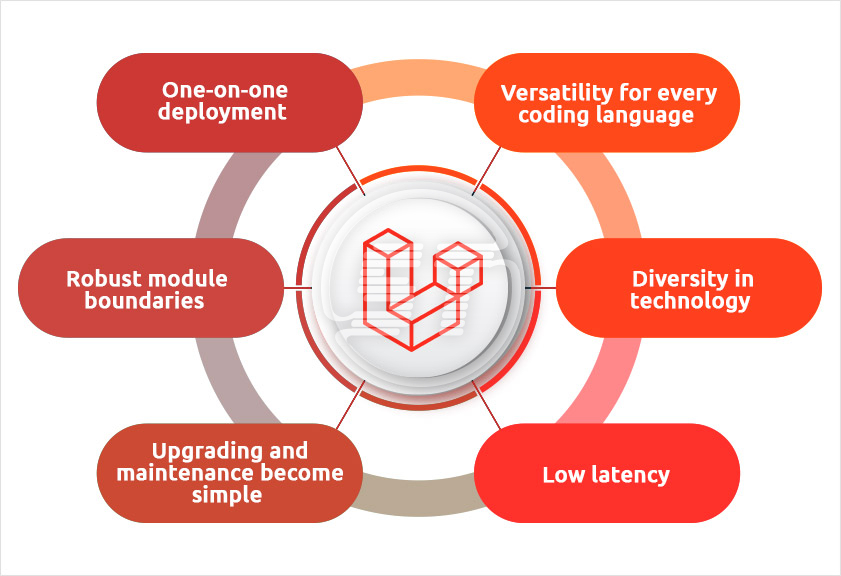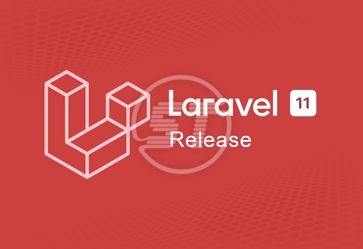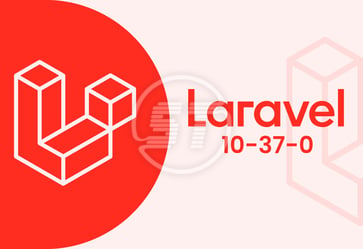Do you know, what are microservices?
Well, by definition, microservices are a systematic and architectural approach to building applications. Microservices are loosely coupled, thus if one team makes changes in a part of an app, it won’t break the entire app.
The reason organizations are inclined towards microservices is that development teams can swiftly create new components of an app to fulfil rapidly growing business needs. In short, microservices are a collection of independently deployable, compact, and modular services and each service is responsible for a distinct operation. Though they execute different operations but interact with each other using a well-organized interface.
Now let’s talk about Laravel microservices. Laravel is an out-of-the-box framework to build applications. Have you ever wondered, how Laravel architecture works efficiently on microservices? Read the article till the end to know how this PHP framework microservices work.
Before jump into this article, you can also take look into our article on Laravel security best practices.
Laravel microservices and its architecture
Laravel is one of the most popular and widely used frameworks. Developers prefer to use Laravel to develop custom applications because it is faster to deploy, simple to maintain, and reliable.
A significant number of developers and organizations are using Laravel, and the numbers are really appealing. The reason behind Laravel’s popularity is its flawless features, tools, and microservices.
Unlike the monolithic architectural style to construct an app as a single structure, Laravel microservices brought this trend of developing the single program as a suite of various sections in which services are connected by APIs. This architecture allows the creation of myriad microservices that can be coded in numerous programming languages and all the teams can control it.
To unify colossal Laravel applications in a modular way, microservices are used. They use small building blocks that concentrate on a specific role and responsibility. The blocks communicate with each other using a set of language-independent/language-agnostic APIs.
Laravel uses Dew Computing (a microservices architecture) to correlate its architecture styles to calculate the potential of numerous little dews (denotes the functional components of microservices).
Benefits of Laravel microservices
The microservice architecture has plenty of benefits. Microservice in Laravel is narrowly targeted, which allows them to be less heavy and function significantly quicker. Most importantly, this architecture only involves API calls.
Also, different languages can be used for some specific services, for instance, you may use NodeJS for notification services.
As per the usage, each service can be scaled which means it can work well for huge applications. Other than this, Laravel microservices have some noticeable benefits.
YOU MAY ALSO LIKE: Do and Don’t for Laravel web Development
Exclusive one-on-one deployment
Laravel microservices make it simple to deploy the system. Also, it is less likely that a system crash will happen if anything goes wrong because microservices can be implemented on various physical machines, virtual machines, or Docker containers. And the reason behind this is services are not dependent on each other.
Robust module boundaries
Bigger teams need a sturdy system and Laravel microservices strengthen modular architecture to the next level.
Upgrading and maintenance become simple
Laravel microservices are easy to upgrade and maintain autonomously and the reason is they are built on separation.
Versatility for every coding language
Developers can create Laravel microservices in their preferred programming language. They have complete liberty to offer APIs per REST or RPC protocols. Laravel microservices provide complete versatility to code.
Diversity in technology
Each microservice can be joined by developers using various developmental frameworks, coding languages, and data-storage systems.
Low latency
Laravel microservices provide a customized roadmap to success. You need to only leverage the expertise of its exceptional architecture to develop low-latency apps for businesses.
Other than the above-mentioned benefits, there are umpteen other reasons to use Laravel microservices.
- If your application is being built from the scratch.
- It is a monolithic program.
- Application is refactoring a legacy.
- If introducing new features to an app that already exists.
- Scaling the app has become a challenge.
- Low productivity.
- If the app is difficult to maintain.
Laravel microservices framework can be implemented in all the above situations. But mostly, Laravel developers use it to convert a monolithic old application into a seamless microservices architecture.
In the series of gen-next framework benefits, one more advantage is API.
API allows apps to share data with one another via some special programming commands. And Laravel has given another framework for app creation using APIs, which is called Lumen.
Let’s know more about Lumen.
Lumen – is it different from Laravel?
Until now we have been talking about Laravel microservices, now what is Lumen?
Lumen microframework is a version of the Laravel full-stack framework, which is lightweight. This microframework uses Laravel syntax and components that can be upgraded to Laravel without any hassle.
The microframework is loaded with features like routing, validation, caching, queues, logging, and many more. This Laravel framework has been designed for microservices and API development; hence it is a specific framework for microservices.
Lumen is made for maximum speed because the actual Lumen framework repository has probably a dozen files only. The rest is created of the illuminate components. Also, Lumen has some absolutely powerful features that are needed to build an app using microservices.
Challenges of Laravel microservices
Even though Laravel microservices have myriad advantages, you may face a few challenges.
- At times, the application grows exceptionally large for developers to comprehend, and then project scaling challenges appear.
- Since the application is split into numerous components, each component has its own update and release cycle.
- Distinct system components require unique technical knowledge that makes developers adopt other programming languages as well.
Laravel microservices architecture – Future-proof technology!
Microservice architecture has become the favourite option of Laravel developers, and the only reason is the ease of designing and implementing enterprise apps. Organizations are leveraging Laravel microservice’s APIs and building exceptional apps.
The microservices utilize several services via Remote Procedure Calls to serve numerous functionalities. Additionally, developers can use different services that are built into various technologies and the credit must go to the DevOps concept, which has given a new level to microservices.
No one can predict, which technology or concept will survive or stay for a longer span; however, microservices will go a long way because they deliver robust, flexible, and scalable solutions as per modern market needs.
Wrapping up
Laravel has already impressed developers with its immensely amazing functionalities and Laravel microservices are no exception. It is highly suggested to go for a microservice framework if the app needs to be scaled highly.
If your custom application needs any help or if you are looking for a new custom app development, reaching out to a Laravel development agency is a good option. We deliver Laravel development services such as Laravel customization, enterprise solution, Restful App development and more suitable for small to large scale business across all the industries. Get in touch with us at hello@skynetttechnologies.com or you can also fill out the form below to request a free quote.


